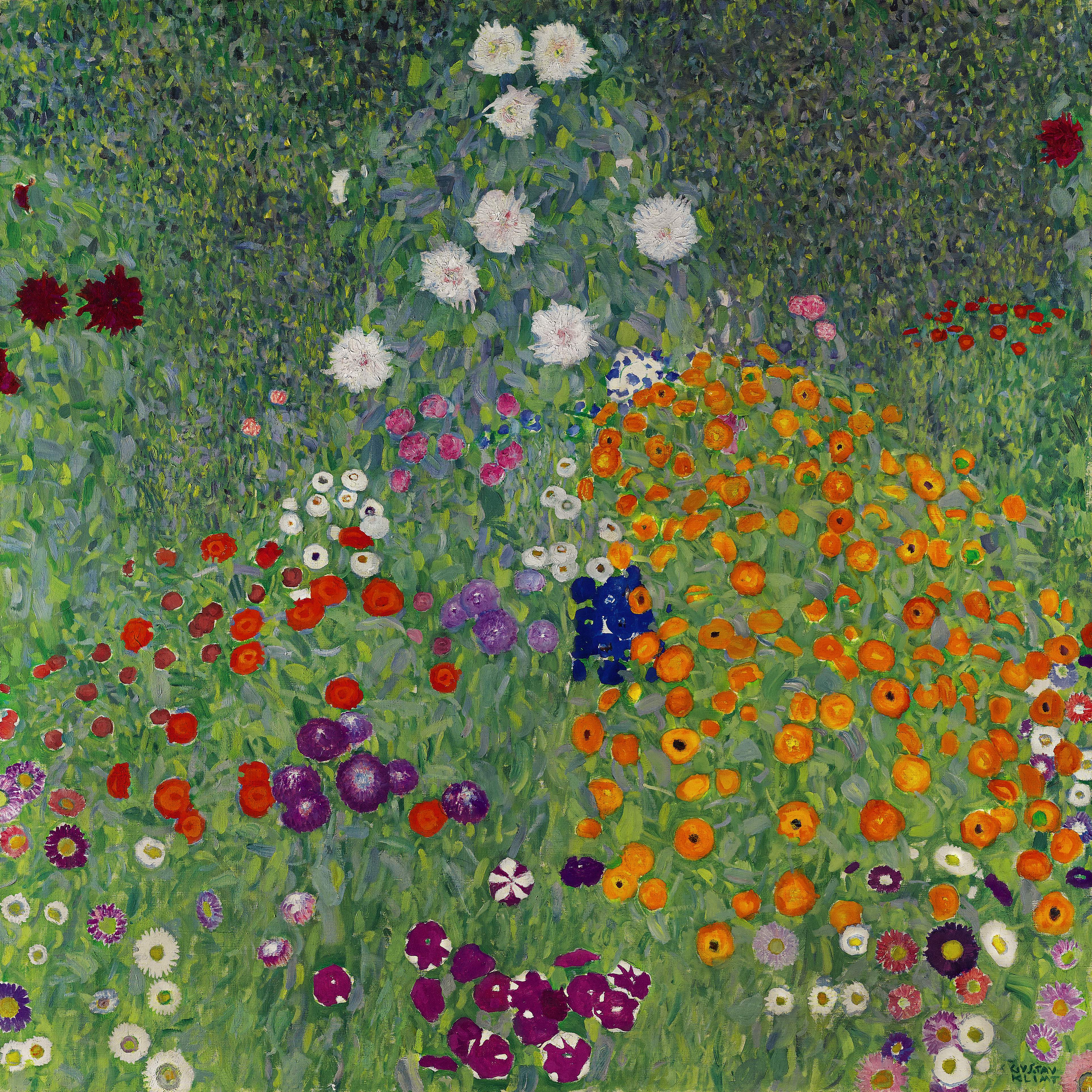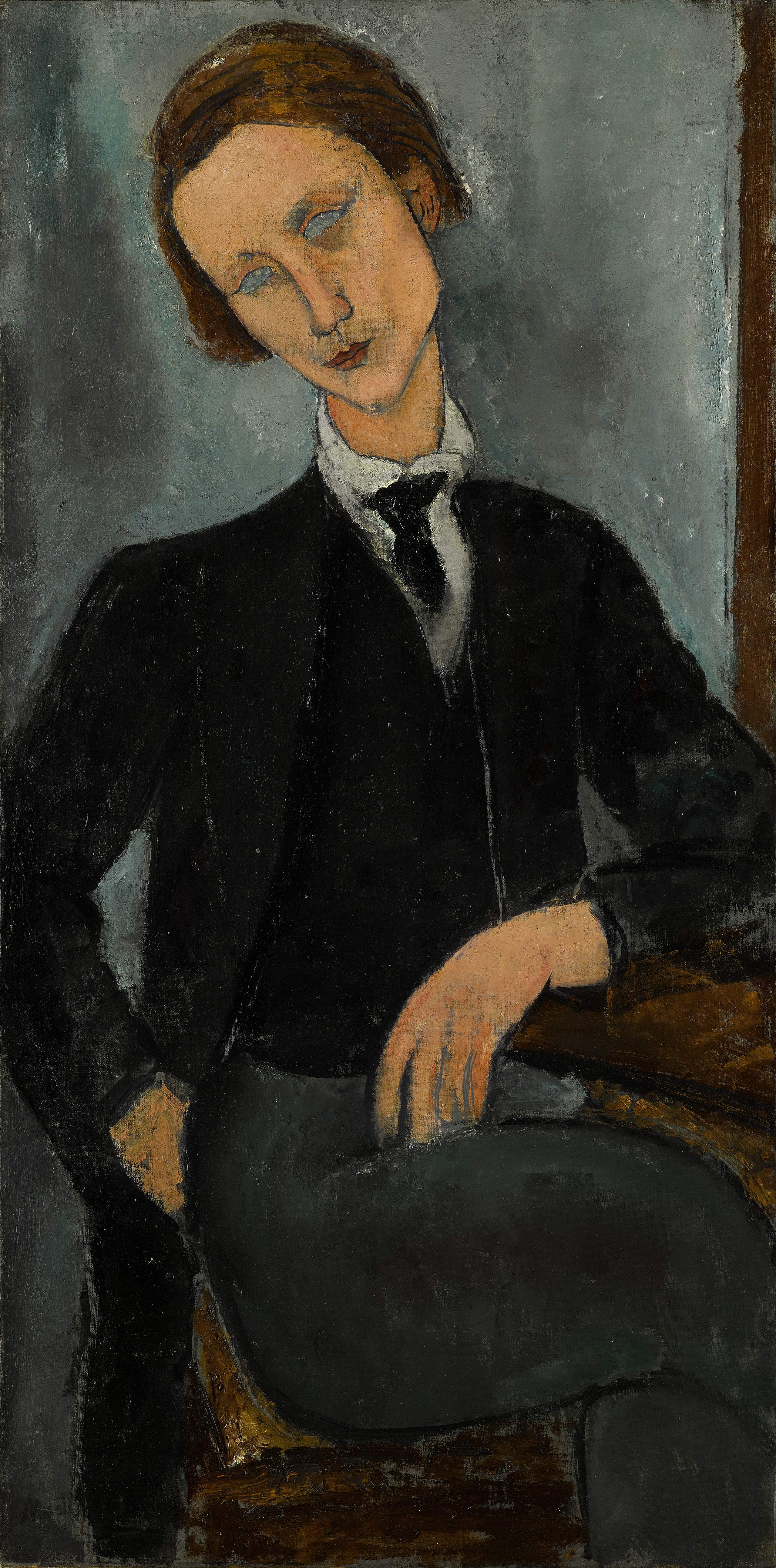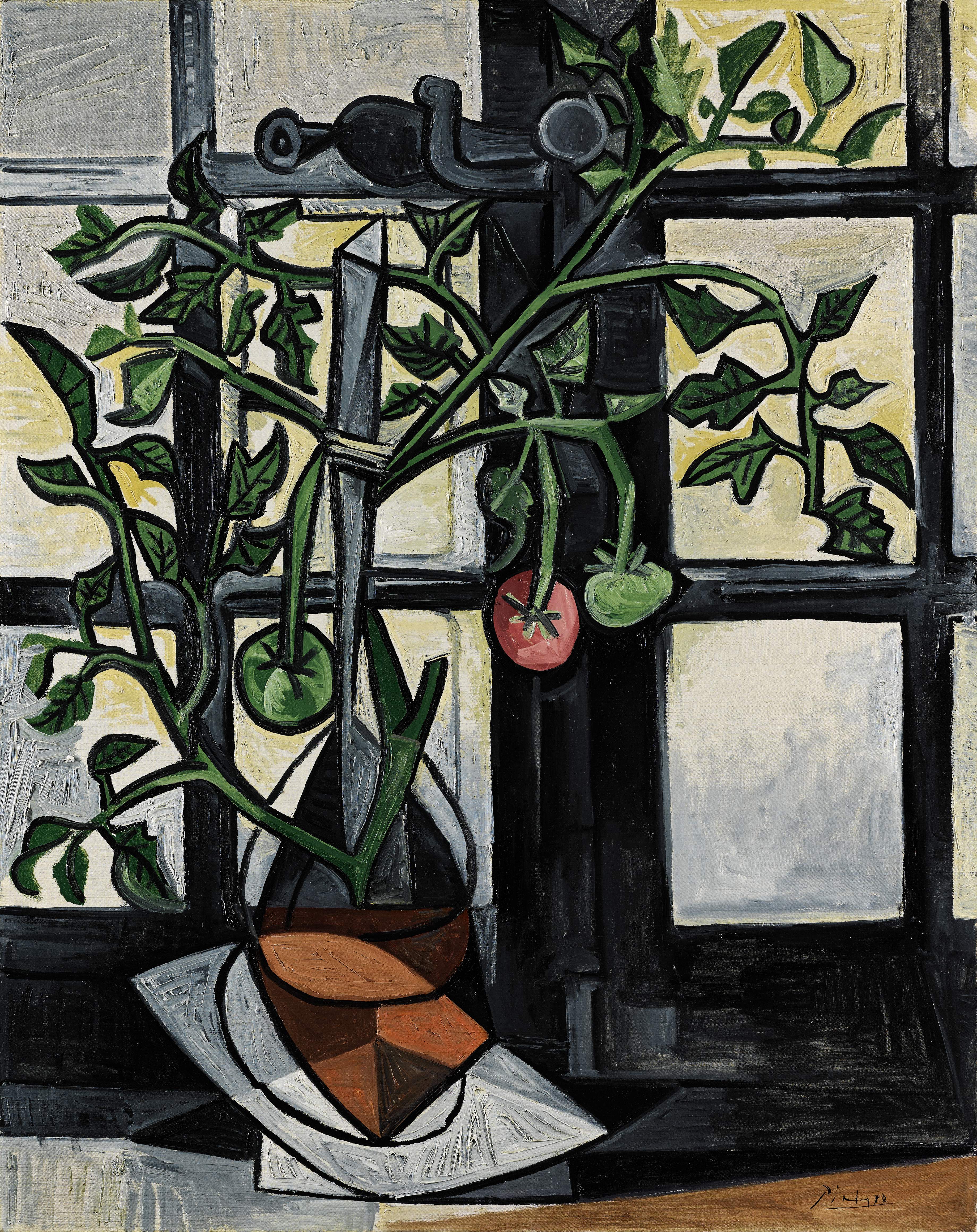ABOUT STOP PRESS
Stop Press is ISBN Magazine’s guide to happenings in Hong Kong. From art to auctions and from food to fashion, to entertainment, cinema, sport, wine and design, scroll through the best of the city's dynamic cultural offerings. And if your event merits mention in our little book of lifestyle chic, write to us at stoppress@isbn-magazine.com
sotheby's greatest hits
 Sotheby's on March 1 at its Impressionist & Modern Art Evening Sale in London will auction a veritable greatest hits of glamorous canvases by the likes of Gauguin, Picasso, and more, the headliner of which is Gustav Klimt's luminous Bauerngarten, (1907, left), dating from the artist’s celebrated and much-loved golden period and from the same year as his famous golden irradiation of Adele Bloch-Bauer I. Innovative in its composition and jewel-like in its blaze of colours, Bauerngarten is one of the Klimt's greatest and rarest works to come to auction. Klimt's landscapes often bear the 'echo' of a figure - here the shape of a woman, or a dress, or a woman in a dress is decipherable in the triangular composition of the flowers. Bauerngarten was painted during summer, when Klimt would retreat to the shore of Attersee to paint, with his lifelong companion designer Emilie Floge.
Sotheby's on March 1 at its Impressionist & Modern Art Evening Sale in London will auction a veritable greatest hits of glamorous canvases by the likes of Gauguin, Picasso, and more, the headliner of which is Gustav Klimt's luminous Bauerngarten, (1907, left), dating from the artist’s celebrated and much-loved golden period and from the same year as his famous golden irradiation of Adele Bloch-Bauer I. Innovative in its composition and jewel-like in its blaze of colours, Bauerngarten is one of the Klimt's greatest and rarest works to come to auction. Klimt's landscapes often bear the 'echo' of a figure - here the shape of a woman, or a dress, or a woman in a dress is decipherable in the triangular composition of the flowers. Bauerngarten was painted during summer, when Klimt would retreat to the shore of Attersee to paint, with his lifelong companion designer Emilie Floge.
Influence: Impressionist and Post-Impressionist leanings on Klimt are evident, from Claude Monet's treatment of waterlilies to Van Gogh's dynamic still life flower portraits. Just as Monet used square canvases to depict his waterlily ponds at Giverny, so Klimt chose a square canvas to heighten the work's impact. By stripping away sky, and taking a 'point of view' approach to a scene, their work was more abstract, joyful, patterned and coloured. It is thus possible to look at Bauerngarten and see a quartet of combined influence with dazzling technical ability melded into one: Monet's Nympheas, Van Gogh's Nature more, vase aux marguerites, any Edgar Degas' Four Dancers, and any Toulouse Lautrec promotional Moulin Rouge posters. (Estimates on request, but expect anything up to US$60 million).

Then there's Amedeo Modigliani, whose Nu couché (Reclining Nude) set a record as the world's second most expensive painting in 2015 at US$170.4 million. This one, Portrait de Baranowski (right) painted in 1918, depicts a young Polish poet and painter - Pierre-Edouard Baranowski - with fragile good looks and a pensive, introspective air which captures typical Modigliani elements - geometric simplification of the stylised human form to the almond, vacant eyes that render the sitter impenetrable. Modigliani was a chronicler of the vie boheme of Montparnasse and this piece is typical. Its estimate is small relative to Nu couché, but its transgendered ambiguity hits a zeitgeistful sweet spot. (He could be the Chanel Monsieur poster-boy should the brand ever launch couture menswear). Estimated at US$18.55 million. Expect US$30m.

Pablo Picasso's Plant de tomato (left) was not a work we knew the existence of. Painted between August 6-9, 1944, (and one of five he painted over nine days) symbolic of victory in Europe, and created in the apartment he shared with his lover Marie-Therese, it's ripe with personal as well as political and cultural significance - reflecting the spirit of hope and resilience of the times. Rarely can a still life - the grey and yellow background of which reflects the smoke and gunfire pervading the city - have been invested with such meaning. Picasso's artwork was blacklisted by the Nazi regime and paintings he completed during this time remained in his studio and were only exhibited after the war. The painting has been in a private collection for the last 40 years. (Estimated at US$18,550, expect US$25 million). All an interesting barometer of the art world market in the time of President Donald Trump.
Images: Courtesy of Sotheby's
sotheby's greatest hits
 Sotheby's on March 1 at its Impressionist & Modern Art Evening Sale in London will auction a veritable greatest hits of glamorous canvases by the likes of Gauguin, Picasso, and more, the headliner of which is Gustav Klimt's luminous Bauerngarten, (1907, left), dating from the artist’s celebrated and much-loved golden period and from the same year as his famous golden irradiation of Adele Bloch-Bauer I. Innovative in its composition and jewel-like in its blaze of colours, Bauerngarten is one of the Klimt's greatest and rarest works to come to auction. Klimt's landscapes often bear the 'echo' of a figure - here the shape of a woman, or a dress, or a woman in a dress is decipherable in the triangular composition of the flowers. Bauerngarten was painted during summer, when Klimt would retreat to the shore of Attersee to paint, with his lifelong companion designer Emilie Floge.
Sotheby's on March 1 at its Impressionist & Modern Art Evening Sale in London will auction a veritable greatest hits of glamorous canvases by the likes of Gauguin, Picasso, and more, the headliner of which is Gustav Klimt's luminous Bauerngarten, (1907, left), dating from the artist’s celebrated and much-loved golden period and from the same year as his famous golden irradiation of Adele Bloch-Bauer I. Innovative in its composition and jewel-like in its blaze of colours, Bauerngarten is one of the Klimt's greatest and rarest works to come to auction. Klimt's landscapes often bear the 'echo' of a figure - here the shape of a woman, or a dress, or a woman in a dress is decipherable in the triangular composition of the flowers. Bauerngarten was painted during summer, when Klimt would retreat to the shore of Attersee to paint, with his lifelong companion designer Emilie Floge.
Influence: Impressionist and Post-Impressionist leanings on Klimt are evident, from Claude Monet's treatment of waterlilies to Van Gogh's dynamic still life flower portraits. Just as Monet used square canvases to depict his waterlily ponds at Giverny, so Klimt chose a square canvas to heighten the work's impact. By stripping away sky, and taking a 'point of view' approach to a scene, their work was more abstract, joyful, patterned and coloured. It is thus possible to look at Bauerngarten and see a quartet of combined influence with dazzling technical ability melded into one: Monet's Nympheas, Van Gogh's Nature more, vase aux marguerites, any Edgar Degas' Four Dancers, and any Toulouse Lautrec promotional Moulin Rouge posters. (Estimates on request, but expect anything up to US$60 million).

Then there's Amedeo Modigliani, whose Nu couché (Reclining Nude) set a record as the world's second most expensive painting in 2015 at US$170.4 million. This one, Portrait de Baranowski (right) painted in 1918, depicts a young Polish poet and painter - Pierre-Edouard Baranowski - with fragile good looks and a pensive, introspective air which captures typical Modigliani elements - geometric simplification of the stylised human form to the almond, vacant eyes that render the sitter impenetrable. Modigliani was a chronicler of the vie boheme of Montparnasse and this piece is typical. Its estimate is small relative to Nu couché, but its transgendered ambiguity hits a zeitgeistful sweet spot. (He could be the Chanel Monsieur poster-boy should the brand ever launch couture menswear). Estimated at US$18.55 million. Expect US$30m.

Pablo Picasso's Plant de tomato (left) was not a work we knew the existence of. Painted between August 6-9, 1944, (and one of five he painted over nine days) symbolic of victory in Europe, and created in the apartment he shared with his lover Marie-Therese, it's ripe with personal as well as political and cultural significance - reflecting the spirit of hope and resilience of the times. Rarely can a still life - the grey and yellow background of which reflects the smoke and gunfire pervading the city - have been invested with such meaning. Picasso's artwork was blacklisted by the Nazi regime and paintings he completed during this time remained in his studio and were only exhibited after the war. The painting has been in a private collection for the last 40 years. (Estimated at US$18,550, expect US$25 million). All an interesting barometer of the art world market in the time of President Donald Trump.
Images: Courtesy of Sotheby's
